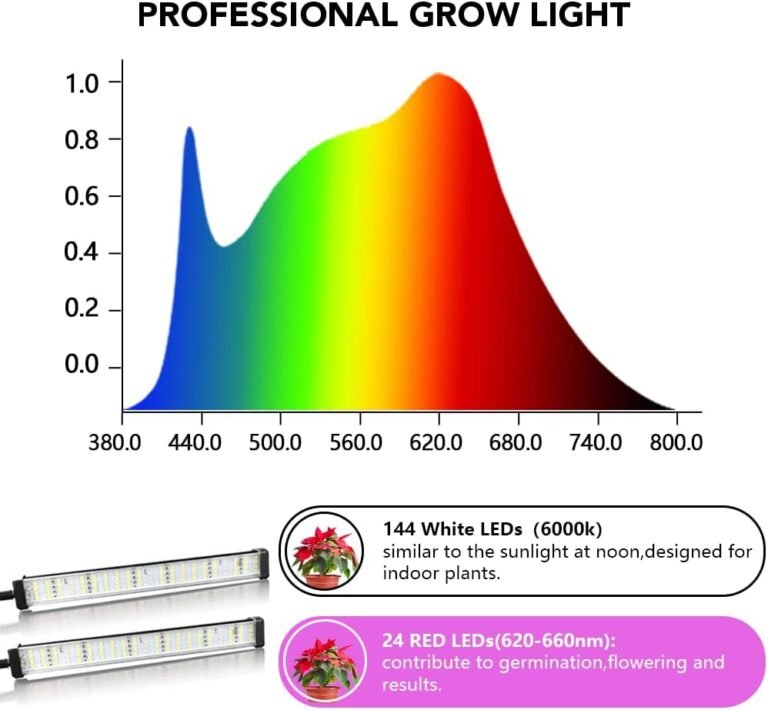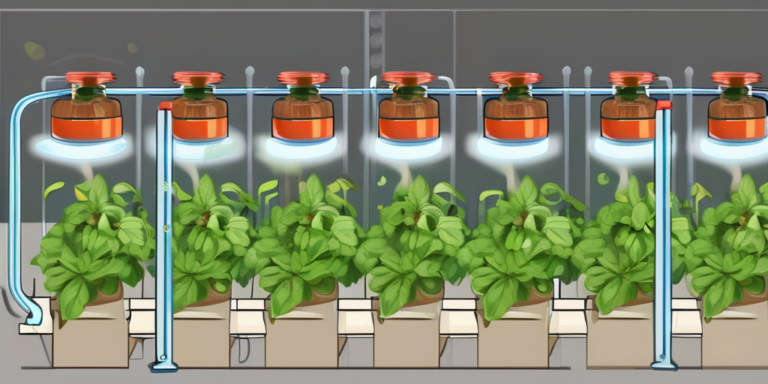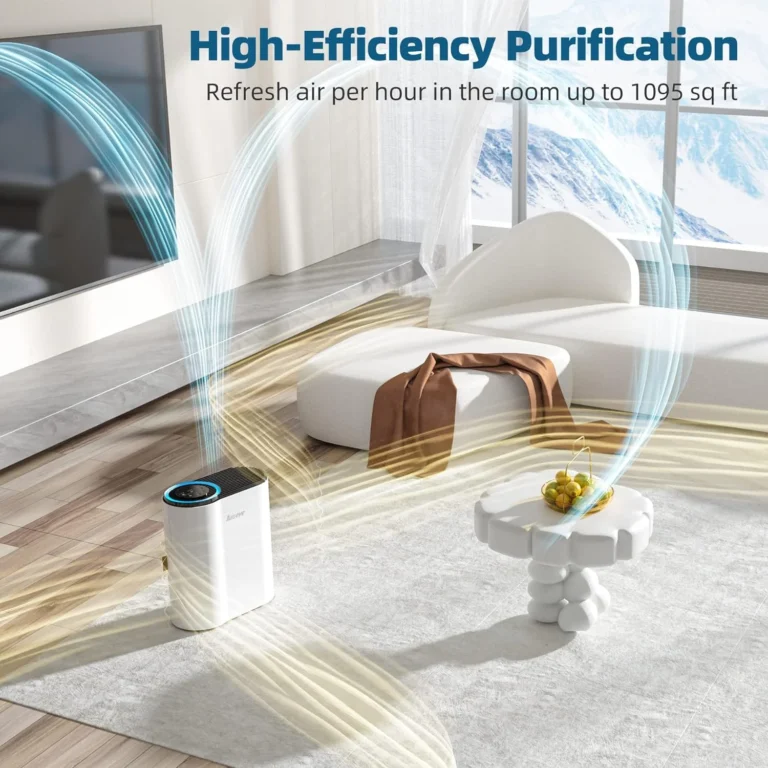Welcome to the world of aquaponics, where the future of sustainable farming unfolds before your eyes! In this first installment of our five-part series, we’ll introduce you to the fascinating world of aquaponics and explore how it combines aquaculture and hydroponics to create an innovative and environmentally friendly way of growing plants.
What is Aquaponics?
Aquaponics, a portmanteau of “aquaculture” and “hydroponics,” is a closed-loop system that synergistically combines fish farming (aquaculture) and soilless plant cultivation (hydroponics). This ingenious method of farming not only maximizes space utilization but also minimizes waste while producing both fresh, nutrient-rich produce and healthy aquatic animals.
The Foundation of Aquaponics: Fish Waste and Beneficial Bacteria
At the heart of any aquaponics system lies the fish tank, where aquatic animals such as tilapia, trout, or catfish are raised. These fish produce waste, primarily ammonia, as a natural byproduct of their metabolic processes. While ammonia can be harmful to fish in high concentrations, it becomes an invaluable resource in aquaponics.
Enter the unsung heroes of aquaponics – beneficial bacteria. These microorganisms, known as nitrifying bacteria, convert ammonia into nitrites and then into nitrates – a form of nitrogen that plants thrive on. This nutrient-rich water serves as the lifeblood of the plants, promoting robust plant growth and proper plant development.

How Aquaponics Works
In an aquaponics system, water flows from the fish tank to the hydroponic component, where it nourishes the plants. These plants are typically grown in media beds or floating rafts, allowing their roots to dangle in the nutrient-rich water. As the plants absorb nutrients, they effectively filter the water, removing harmful compounds and excess nutrients. The purified water is then returned to the fish tank, creating a closed-loop ecosystem.
Advantages of Aquaponics Over Traditional Agriculture
1. Sustainable Water Usage: Aquaponics uses a fraction of the water needed in traditional agriculture. The recirculating system conserves water, making it an eco-friendly choice.
2. Faster Growth: Plants in aquaponics systems often grow faster than their soil-based counterparts due to the readily available nutrients.
3. Higher Yields: With the proper plant growth, optimal nutrient levels and controlled environment, aquaponics yields abundant harvests in a shorter time.
4. Year-Round Growing Season: Aquaponics isn’t bound by seasonal limitations. You can grow fresh produce year-round, regardless of the weather outside.
5. Natural Ecosystem: Aquaponics and aquaponic systems mimic natural ecosystems, promoting healthier plant growth and reducing the need for chemical interventions.
6. No Soil Required: Traditional gardening methods necessitate soil preparation and management. In aquaponics, plant roots hang directly in the nutrient-rich water, eliminating the need for soil.
Components of an Aquaponics System – Building the Foundation for Success
In our journey through the world of aquaponics, it’s essential to understand the key components that make this innovative farming system tick. In this part of our series, we’ll delve into the various elements that form the backbone of any aquaponics system.
1. Fish Tank: The Aquatic Hub
The fish tank is the heart of the aquaponics system design, housing the aquatic animals such as fish or even prawns. Fish waste, in the form of ammonia-rich excretions, accumulates in this tank. This waste product becomes the primary source of nutrients for your plants.
2. Grow Beds: Where Plants Thrive
Grow beds, also known as media beds or rafts, are the areas where your plants grow. They can be filled with a variety of growing mediums like gravel, clay pellets, or coconut coir. These beds provide support for the plants and allow their roots to access the nutrient-rich water.
3. Water Pump: Circulating Vital Nutrients
A water pump plays a critical role in maintaining water circulation. It transports nutrient-rich water from the fish tank to the grow beds, ensuring that plants receive a constant supply of essential nutrients.
4. Plumbing System: Navigating the Flow
A network of pipes and tubing connects the various components of your aquaponics system. The plumbing system controls the flow of water, ensuring that it moves efficiently from the fish tank to the grow beds and back.
5. Beneficial Bacteria: Nature’s Filters
Beneficial bacteria, specifically nitrifying bacteria, colonize the grow beds and convert toxic ammonia from fish waste into nitrites and then nitrates. These nitrates serve as the primary nutrient source for your plants, promoting healthy plant growth.
6. Plants: Nature’s Purifiers
The plants in your aquaponics system play a dual role. First, they filter and purify the water by absorbing excess nutrients and removing harmful compounds. Second, they provide you with a bountiful harvest of fresh, organic produce.
7. Fish Food: A Balanced Diet
The type of fish you choose to raise will determine the appropriate fish food. High-quality fish feed ensures that your aquatic animals receive the essential nutrients they need to grow and thrive.
8. Monitoring and Control Systems: Precision Farming
Many aquaponics enthusiasts incorporate monitoring and control systems to maintain optimal conditions for both fish and plants. These systems can track water temperature, pH levels, and nutrient concentrations, providing you with real-time data to make informed adjustments.
9. Biological Filtration: Maintaining Water Quality
In addition to plants and bacteria, other filtration methods such as mechanical and biological filters may be used to ensure water quality remains at its best, promoting the health of both fish and plants.
10. Water Heater and Chiller: Temperature Control
Depending on your location and the fish species you choose, you may need a water heater or chiller to maintain the ideal water temperature for both fish and plants.
11. Aeration System: Oxygen for All
An aeration system ensures that the water remains well-oxygenated, benefiting both the fish and beneficial bacteria.
12. Backup Power Supply: Ensuring Reliability
Some aquaponics practitioners invest in backup power supplies to maintain system functionality during power outages, safeguarding the well-being of their fish and plants.
13. Grow Lights (Optional): Extending Growing Seasons
If you’re growing plants in an indoor aquaponics setup or in a location with limited sunlight, supplemental lighting can extend your growing season and boost plant growth.
Nutrient-Rich Water – The Lifeblood of Aquaponics
As we venture further into the realm of aquaponics, it’s time to focus on one of the most crucial elements in this sustainable farming method: nutrient-rich water.
The Role of Nutrient-Rich Water
In aquaponics, the water that circulates between the fish tank and the grow beds is more than just a conveyor—it’s a carrier of life-sustaining nutrients. This water is enriched with nitrates, a form of nitrogen that serves as essential plant food. Let’s break down the journey of this nutrient-rich water:
1. Fish Waste Conversion: The process begins in the fish tank, where aquatic animals produce waste, primarily in the form of ammonia. Beneficial bacteria step in to convert this ammonia into nitrites and subsequently into nitrates, a process known as nitrification.
2. Feeding the Plants: The water, now infused with nitrates, flows into the grow beds where your plants are thriving. Plant roots, suspended in this nutrient-rich water, absorb the nitrates along with other essential nutrients, promoting healthy plant growth.
3. Natural Filtration: As the plants draw nutrients from the water, they effectively filter it, removing excess nutrients and harmful compounds. This natural filtration process ensures that the water returning to the fish tank is clean and safe for the aquatic animals.
Maintaining Nutrient Levels
Achieving and maintaining appropriate nutrient levels is crucial in aquaponics. Monitoring tools, such as water test kits, can help you keep tabs on nutrient concentrations, ensuring they remain within the optimal range for both fish and plants. Adjustments may be necessary if nutrient levels fall outside these parameters.
pH and Ammonia Levels
Aside from nutrient levels, pH and ammonia levels in the system need regular monitoring. The pH should ideally be kept within a range suitable for both fish and plant health. High ammonia levels can be detrimental to fish, so maintaining the balance between ammonia production and its conversion into nitrates is critical.
Nutrient Solutions in Hydroponics vs. Aquaponics
It’s worth noting that while both aquaponics and hydroponics use nutrient solutions to feed plants, there are significant differences. Hydroponic nutrient solutions are typically synthetic and need to be carefully measured and adjusted. In aquaponics, the nutrient-rich water is produced naturally through the breakdown of fish waste, reducing the need for chemical intervention.
Nutrient-Rich Water: A Sustainable Solution
The beauty of aquaponics lies in its sustainable approach to farming. It recycles and reuses water, minimizing waste and conserving resources. By relying on the synergy between fish and plants, aquaponics creates a closed-loop ecosystem that produces food while promoting environmental responsibility.
The Symbiotic Relationship Between Fish and Plants in Aquaponics
In our ongoing journey through the world of aquaponics, we’ve learned about the key system components, and the importance of nutrient-rich water. Now, it’s time to explore the captivating relationship between fish and plants in this intricate farming system.
The Circle of Life: How Fish and Plants Coexist
Aquaponics is built on the concept of a symbiotic relationship between fish and plants. Let’s take a closer look at how these two components work together harmoniously:
1. Fish as Nutrient Producers: In the fish tank, aquatic animals like tilapia, trout, or catfish produce waste, which includes ammonia. While high ammonia levels can be harmful to fish, in aquaponics, this waste serves as a valuable resource.
2. Beneficial Bacteria Transformation: Beneficial bacteria, residing in the grow beds, convert the ammonia into nitrites and then into nitrates. This transformation process not only detoxifies the water for the fish but also generates the essential nutrients needed for plant growth.
3. Plant Roots in Nutrient-Rich Water: The nutrient-rich water is then channeled into the grow beds where your plants are rooted. Plant roots dangle directly in this nourishing liquid, absorbing nitrates and other nutrients necessary for their growth.
4. Natural Filtration and Purification: As plants extract nutrients from the water, they effectively filter it, removing excess nutrients and purifying it. The clean water is then returned to the fish tank, completing the cycle.
Choosing the Right Fish Species
When setting up your aquaponics system, selecting the appropriate fish species is essential. Factors like water temperature, pH requirements, and growth rate should be considered. Common choices include tilapia, trout, and catfish due to their adaptability to aquaponics conditions.
Feeding the Fish
To maintain the health and growth of your fish, it’s crucial to provide them with a balanced diet. High-quality fish food is readily available and designed to meet the specific nutritional needs of the chosen fish species.
Monitoring Fish Health
Regular monitoring of fish health is necessary to ensure their well-being. Signs of stress or illness should be addressed promptly to maintain a thriving aquatic component in your aquaponics system.
Plant Selection
The type of plants you grow in your aquaponics system can vary widely, from leafy greens like lettuce and spinach to fruiting plants like tomatoes and peppers. The choice largely depends on your preferences and local growing conditions.
Achieving Balance
Balancing the fish-to-plant ratio is crucial to the success of your aquaponics system. Too many fish can overload the system with waste, while too few may not produce enough nutrients for the plants. Finding the right equilibrium ensures a harmonious ecosystem.
The Magic of Aquaponics
This symbiotic relationship between fish and plants is at the heart of aquaponics’ success. It’s a system where both components thrive together, benefiting each other while producing fresh, organic produce and healthy aquatic animals.
Frequently Asked Questions About Aquaponics
What is better, hydroponics, or aquaponics?
The choice between hydroponics and aquaponics depends on your goals and priorities. Hydroponics relies on synthetic nutrient solutions, making it more controlled but also more dependent on external inputs. In contrast, aquaponics is a closed-loop system, combining fish and plant cultivation, making it more sustainable and environmentally friendly. If you seek a natural ecosystem and a holistic approach to farming, aquaponics may be the better choice.
What fish grow well in aquaponics?
Several fish species thrive in aquaponics systems. Common choices include tilapia, trout, catfish, and perch. These fish are hardy, adaptable to aquaponics conditions, and provide excellent nutrient-rich waste for plant growth.
Is aquaponics cheaper than hydroponics?
While the initial setup cost of aquaponics may be slightly higher due to the inclusion of fish tanks and fish, it can be more cost-effective in the long run. Aquaponics eliminates the need for expensive synthetic nutrient solutions used in hydroponics. Additionally, aquaponics conserves water and reduces waste, contributing to cost savings.
Is aquaponic farming profitable?
Aquaponic farming can be profitable, but success depends on factors such as the scale of the operation, market demand for your produce, and efficient management. With proper planning and market research, aquaponics can yield a steady income while providing fresh, organic produce.
Can you combine aquaponics and hydroponics?
Yes, you can combine aquaponics and hydroponics to create what’s known as an “aquaponics-hydroponics hybrid” or “aquaponics-hybrid system.” In such systems, you use fish waste from the aquaponics component to enrich the nutrient solution for the hydroponic plants. This approach can maximize plant growth and crop yields.
Which is more sustainable, aquaponics, or hydroponics?
Aquaponics is generally considered more sustainable than hydroponics for several reasons:
– Closed-Loop System: Aquaponics recirculates water, minimizing waste and conserving resources.
– Natural Nutrient Production: Aquaponics relies on fish waste to produce nutrients for plants, reducing the need for synthetic fertilizers.
– Reduced Environmental Impact: Aquaponics mimics natural ecosystems, requiring fewer chemical inputs and less water compared to hydroponics.
Conclusion
Aquaponics represents a sustainable and innovative approach to farming, where fish and plants work together in harmony to create a thriving ecosystem. By recycling water and promoting organic produce and healthy aquatic animals, aquaponics offers a glimpse into the future of sustainable agriculture.
Thank you for joining us on this journey, and we invite you to embark on your own aquaponics adventure to grow fresh, organic produce at home while contributing to a more sustainable future.







